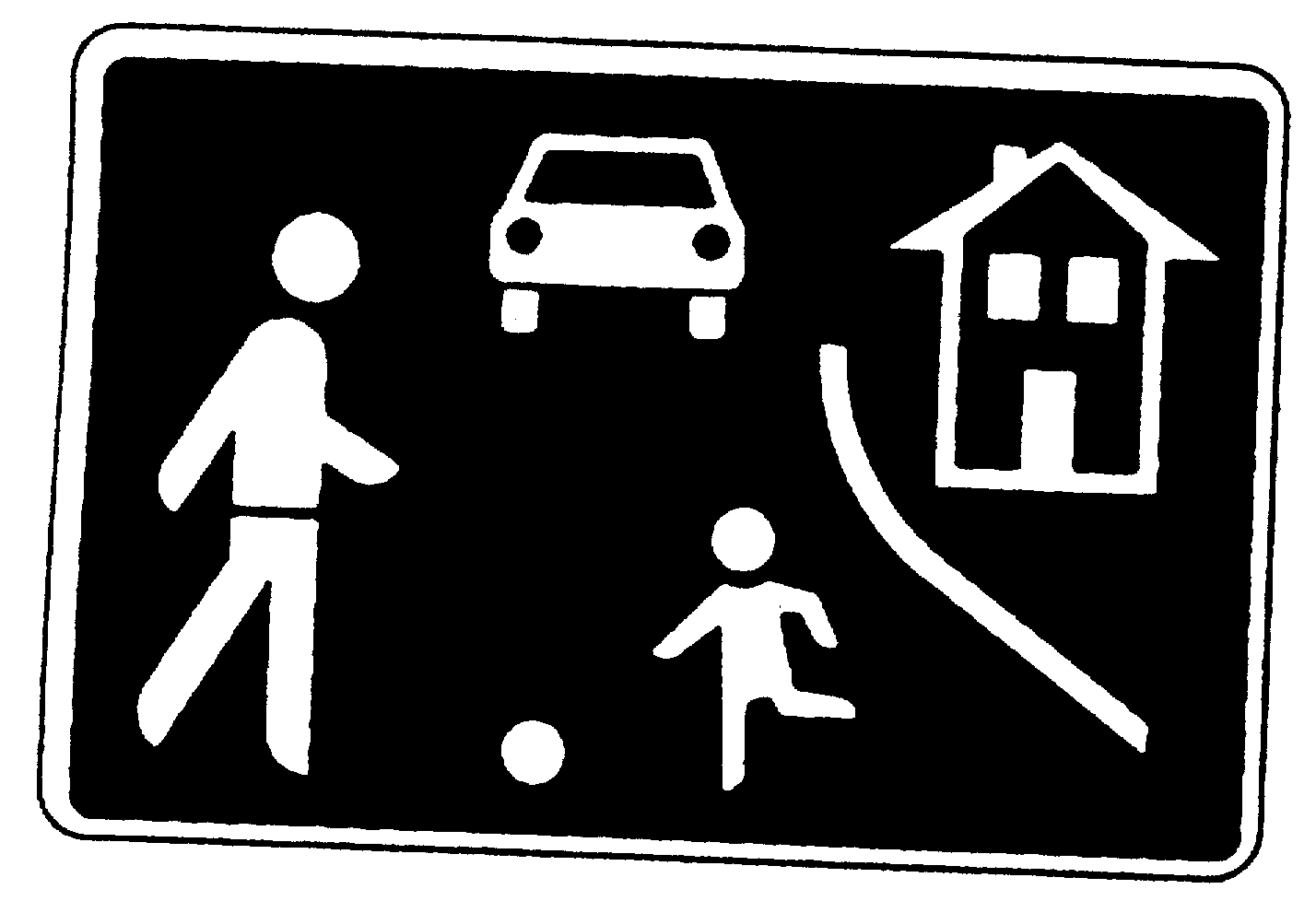Traffic Calming
Traffic calming involves the implementation of strategic physical changes to a street environment to address undesirable traffic characteristics. These changes primarily consist of revised or additional traffic control devices (STOP and YIELD signs), restricted traffic operations (turn prohibitions, lowered speed limits, and conversion to one-way street), or minor roadway reconstruction (speed humps/bumps, traffic circles, and street narrowing). They are intended to reduce accidents, vehicle speeds, and/or traffic volumes on local streets in residential neighborhoods.
Prior to actually installing any type of traffic calming device in your community, you should consider three important items.
· Determine the Appropriate Technique
Not all traffic calming techniques are equally effective at addressing all undesirable traffic characteristics. For example, the installation of additional STOP signs has proven very effective at improving traffic safety, only marginally effective at reducing vehicle speeds, and ineffective at reducing traffic volumes. Speed humps/bumps, on the other hand, have proven to be very effective at reducing vehicle speeds, marginally effective at reducing traffic volumes, and ineffective at improving traffic safety. Therefore, the initial step should be to conduct a traffic engineering investigation to identify the problem. You should follow this with an effort to evaluate alternative techniques and then determine the most appropriate solution for the documented site-specific problem.
· Be Aware of Liability Issues
There are currently no standard guidelines for either the design or application of traffic calming devices. Therefore, there is some level of exposure to liability associated with the deployment of traffic calming devices.

In the event of a claim of negligence, it would be impossible for a city to claim discretionary immunity based on following established guidelines if there are no established guidelines. A method for bringing decisions under the umbrella of discretionary immunity includes first conducting a study that both documents the magnitude of the problem and then identifies and evaluates a variety of alternatives before arriving at a preferred recommendation. The second part of this method consists of the policy making body of the particular unit of government weighing the social, economic, and political implications of each of the alternatives prior to making the decision to deploy a specific traffic calming technique.
Another technique for helping establish discretionary immunity involves having the decision-making body adopt written polices relative to the deployment of various traffic calming devices. All traffic engineers' decisions relative to deployment that are consistent with the policies would then be under the umbrella of discretionary immunity.
• Diagnose the Disease, not the Symptom
It should be noted that many traffic problems on local streets are symptoms of major problems on
nearby arterials. Traffic volumes or vehicle speeds may be too high because vehicles have diverted from a heavily congested parallel route. If this is the case, deploying traffic calming on a local street would likely result in merely shifting the problem to an adjacent local street if the problems on the arterial are not also addressed.
The Institute of Transportation Engineers (ITE) has two publications that provide additional information about traffic calming, The Traffic Engineers Tool Box (Chapter 23), and Neighborhood Traffic Control (prepared by the North Central Section ITE and available from Mn/DOT's Office of Traffic Engineering).
Adapted from Technology Exchange, April/June 1996